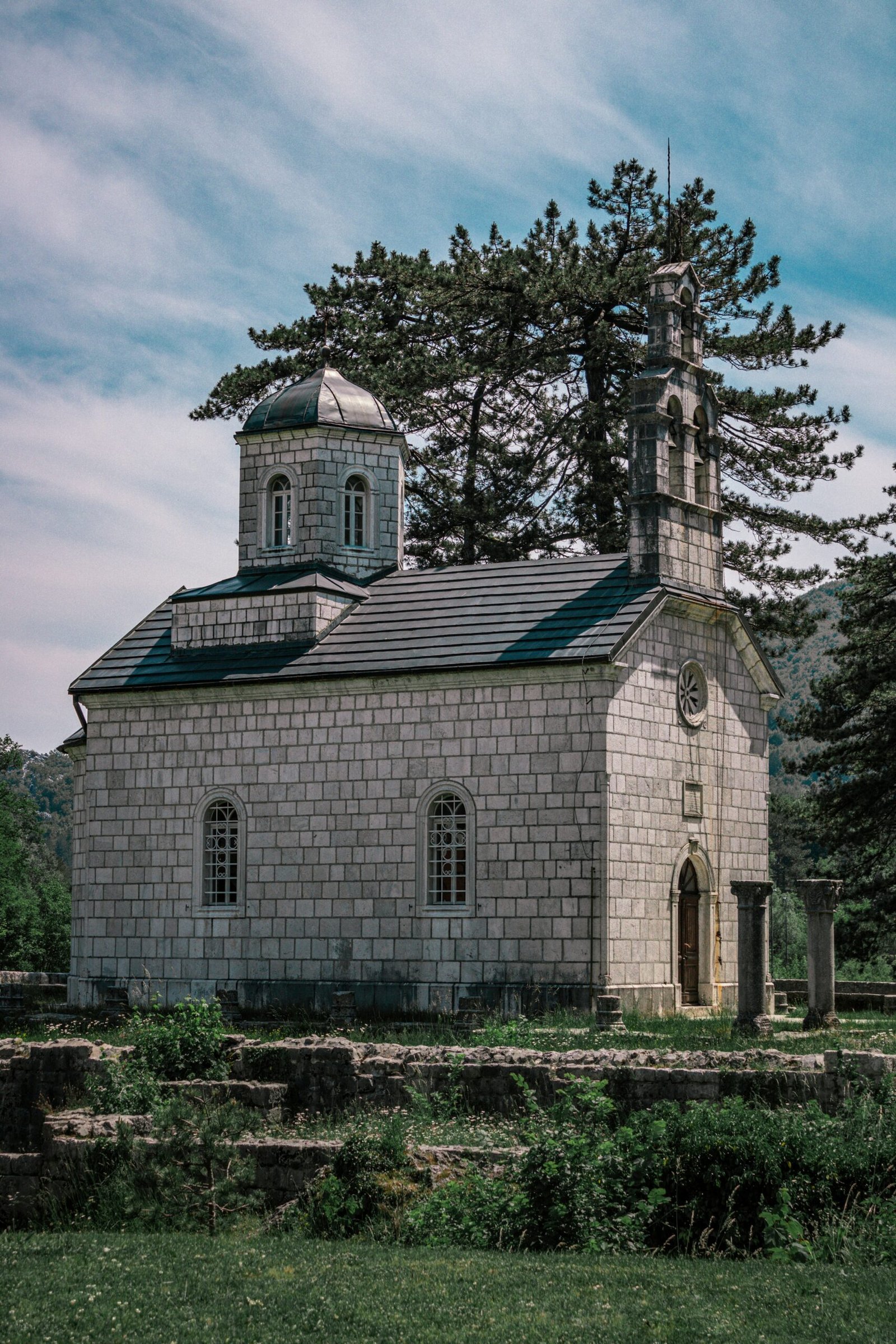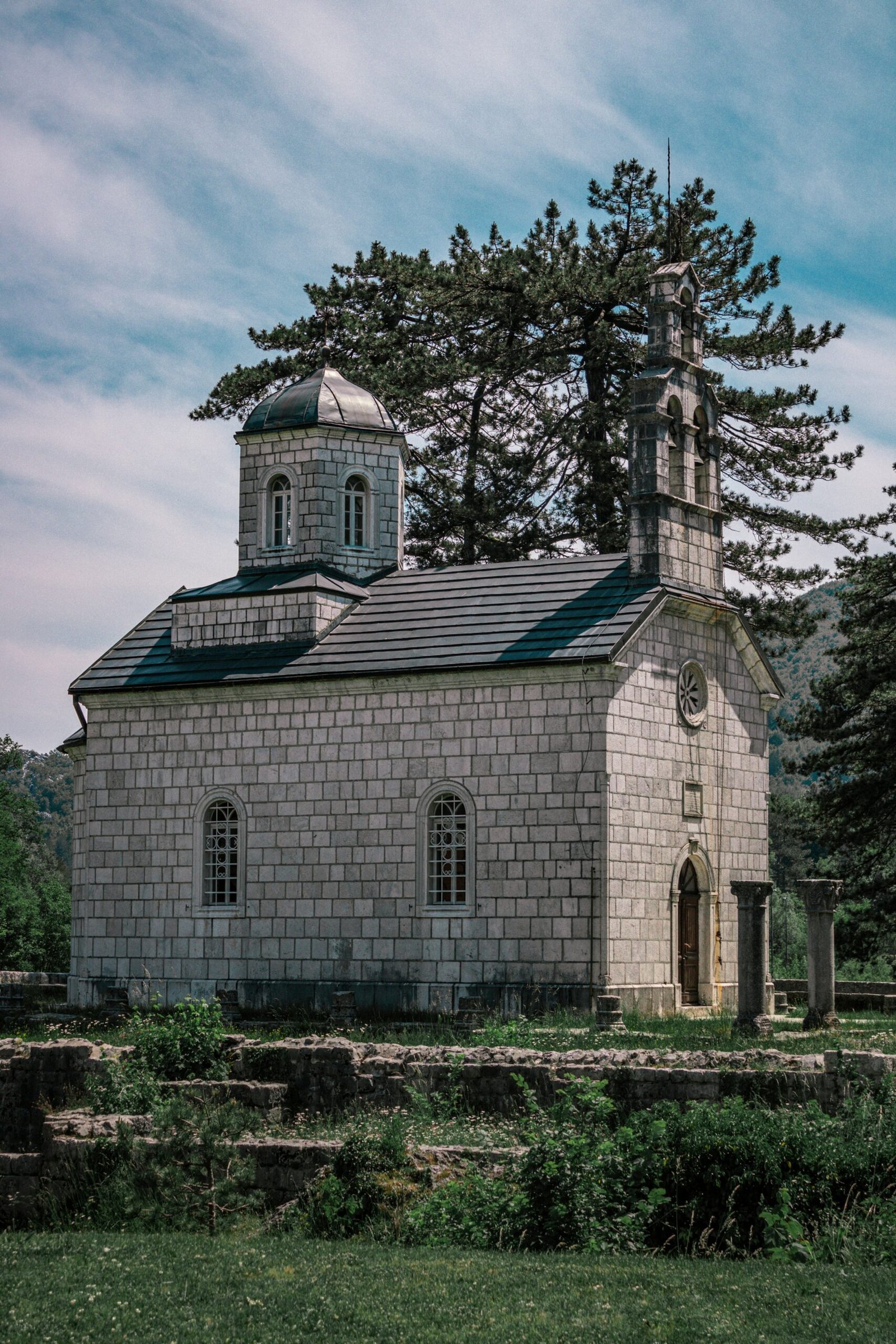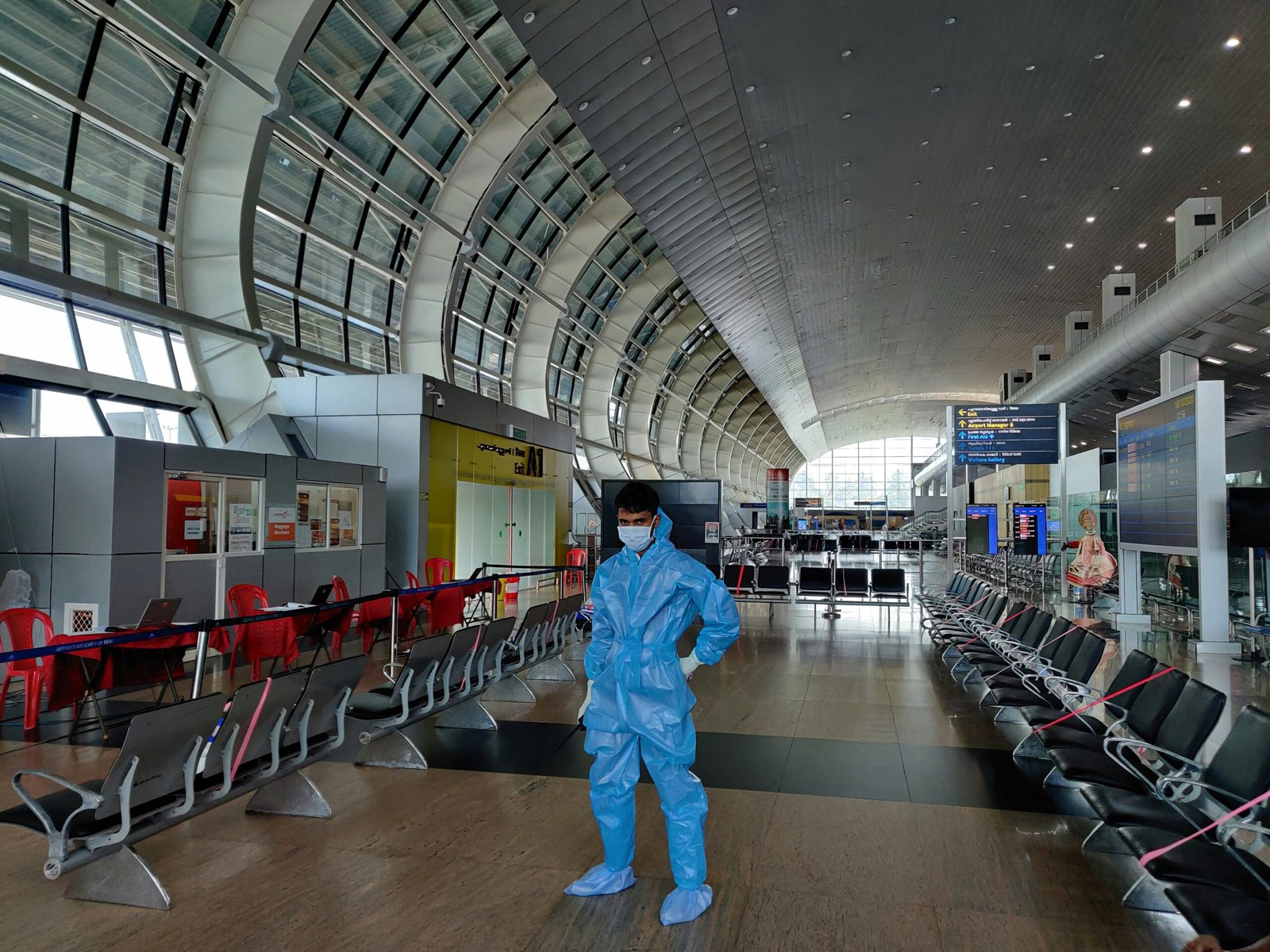
Historical Significance of Easter Pilgrimage
The tradition of pilgrimage to the Holy Land during the Easter holiday has deep historical roots that can be traced back to the earliest days of Christianity. Following the resurrection of Jesus Christ, the sacred sites associated with his life and resurrection soon became focal points for worship and devotion. The origins of this practice can be found in the testimonies of early Christian travelers who, inspired by their faith, sought to visit these sites, thereby creating a rich tapestry of spiritual journeys that continue to this day.
Throughout the centuries, the Easter pilgrimage has evolved, influenced by various social, political, and religious factors. In the fourth century, St. Helena, the mother of Emperor Constantine, played a crucial role in identifying and preserving significant locations within the Holy Land. Her efforts led to the construction of churches at these sites, fostering a greater sense of purpose for those traveling for religious reasons. The recognition of these destinations catalyzed an influx of pilgrims, each embarking on their own journey to experience the profound historical significance that the Holy Land holds within Christianity.
Moreover, significant historical events, such as the Crusades during the medieval period, furthered interest in the area as Christians sought to reclaim and protect these holy sites. The narratives surrounding these events have contributed to the enduring appeal of the Holy Land as a pilgrimage destination. Today, cultural travel and historical travel continue to flourish during the Easter season, with modern travelers inspired by the same spiritual fervor that motivated earlier generations. Organizations like Bonne Vacances Travel Agency have emerged to facilitate these journeys, ensuring that contemporary pilgrims can connect with the centuries-old tradition of Easter pilgrimages to the Holy Land.
These ongoing pilgrimages not only preserve the rich heritage of the Holy Land but also enhance the cultural exchange between nations and communities, underscoring the significance of Easter as both a religious observance and a historic journey of faith.
Key Locations in the Holy Land for Easter Pilgrimage
The Holy Land offers a rich tapestry of locations that are deeply intertwined with the Easter holiday and its significance in the Christian faith. One of the most pivotal sites is Jerusalem, where pilgrims gather to walk the Via Dolorosa, believed to be the path Jesus took on his way to crucifixion. Key landmarks such as the Church of the Holy Sepulchre, traditionally respected as the site of Jesus’ burial and resurrection, attract numerous visitors during the Easter season, providing a profound sense of connection to the biblical narrative.
Another significant location is Bethlehem, renowned as the birthplace of Jesus. During the Easter holiday, the Church of the Nativity serves as an emblem of hope and reflection, inviting pilgrims to meditate on the origins of their faith. This ancient city is steeped in symbolism, making it a prime destination for those undertaking cultural travel aimed at understanding the roots of Christianity. The experience of witnessing the celebrations in Bethlehem during this sacred time is both spiritually enriching and informative.
Additionally, places such as Mount Olives and the Garden of Gethsemane offer essential insights into the events leading up to Easter. Mount Olives provides a panoramic view of Jerusalem and is a site of prayer and contemplation, enabling pilgrims to connect with the places where monumental biblical events transpired. The Bonne Vacances travel agency often organizes tours that encompass these significant locations, ensuring that travelers can explore the historical and cultural dimensions of the Holy Land during the Easter holiday.
Overall, the Holy Land serves as an unparalleled backdrop for reflecting on the themes of sacrifice and resurrection central to Easter observances. It is a place where faith meets history, and where the journeys of pilgrims can lead to transformative experiences.
Easter Celebrations in the Holy Land
The Easter holiday is a significant event in the Holy Land, marked by a rich tapestry of customs, rituals, and communal participation that set it apart from celebrations in other parts of the world. The historical and spiritual significance of the Holy Land contributes to a unique atmosphere during this time. The ancient cities of Jerusalem, Nazareth, and Bethlehem become vibrant hubs, drawing visitors and locals alike to partake in various ceremonies.
One of the most poignant traditions occurs on Palm Sunday, where members of the Christian community commemorate Jesus’ triumphant entry into Jerusalem. Locals and pilgrims alike gather in the Old City, carrying palm fronds, singing hymns, and re-enacting this biblical event. This celebration is not only a religious observance but also a beautiful demonstration of community unity, as diverse groups come together in reflection and reverence.
The Easter Vigil on Holy Saturday is another significant occasion. It commences in the evening with the lighting of the Paschal candle, symbolizing the light of Christ. The ritual includes scripture readings, prayers, and the baptizing of new members into the faith. Many visitors experience the profound emotion of these events, captivating their senses and connecting them to the deeper meanings of the Easter holiday.
Throughout Holy Week, local communities engage in various practices, such as the re-enactment of the Stations of the Cross. This event is significant for both local worshippers and tourists, offering insight into the journey of Jesus. Interfaith interactions during Easter add another layer to the experience, as members of different faiths often join in the observance and respect for one another’s traditions, showcasing the Holy Land’s diversity. Those considering cultural travel to the Holy Land during the Easter holiday can expect both a deeply spiritual atmosphere and a wonderful opportunity for shared experiences, making it a memorable time to witness these age-old customs.
The Adventure of Traveling to the Holy Land
Traveling to the Holy Land during the Easter holiday presents a unique opportunity to engage with a rich tapestry of history, culture, and spirituality. Visitors during this period witness firsthand the vibrant celebrations commemorating the resurrection of Jesus, an event that holds profound significance for millions of believers. The atmosphere is imbued with a sense of reverence and festivity, making it an ideal time to explore this remarkable region.
The Holy Land offers breathtaking landscapes that seamlessly intertwine natural beauty with historical significance. From the rolling hills of Galilee to the serene shores of the Sea of Galilee, every vista tells a story. Traveling through Jerusalem, one encounters ancient temples, the Western Wall, and other sacred sites, each contributing to the deeper understanding of biblical narratives. The emotional experience of standing where history unfolded can be transformative, encouraging reflection and spiritual growth, particularly during the Easter holiday.
Cultural travel to the Holy Land imparts insights into the diverse populations that call this area home. Visitors can explore a variety of traditions, cuisines, and languages, demonstrating how interconnectedness shapes the region’s identity. Engaging with local communities provides an enriching experience, as travelers can partake in authentic events and ceremonies surrounding the Easter celebrations. This interaction fosters appreciation for the vivid cultural expressions found throughout the Holy Land, making every moment of the journey uniquely valuable.
For individuals and families alike, this trip represents not only a vacation but also a deeper quest for meaning and connection. With organizations such as Bonne Vacances Travel Agency offering tailored experiences, travelers can navigate the historical and spiritual landscapes of the Holy Land with ease. This adventure promises a memorable exploration filled with enriching discoveries and lifelong memories.
Who Should Visit the Holy Land?
The Holy Land stands as a beacon for diverse groups of travelers, each seeking unique experiences that align with their personal interests and aspirations. One of the primary categories is religious pilgrims. These individuals often visit during the Easter holiday to observe and partake in the deeply meaningful events that commemorate the resurrection of Christ. From the serene atmosphere of the Garden of Gethsemane to the vibrant celebrations in Jerusalem, the Holy Land provides a profound setting for spiritual reflection and worship, making it an unparalleled destination for those on a faith journey.
In addition to pilgrims, history enthusiasts will find the Holy Land to be an extraordinary treasure trove of ancient artifacts and historical landmarks. With significant sites such as the Western Wall and the Dome of the Rock, the region allows visitors to walk in the footsteps of biblical figures, thus offering a tangible connection to the past. The rich tapestry of historical narratives intertwined with various cultures makes this region a must-visit for anyone captivated by the stories that have shaped civilization over centuries.
Cultural travelers also have ample opportunities to immerse themselves in the local customs and traditions. The Holy Land is a melting pot of cultures, showcasing a blend of various heritages and lifestyles. As you wander through bustling markets and historic neighborhoods, you can engage with the rich gastronomy, art, and music that characterize the region, making the experience of visiting during the Easter holiday truly enriching.
Lastly, adventure seekers will discover numerous exciting activities, from hiking the hills of Galilee to exploring the vibrant landscapes of the Negev desert. Each of these traveler groups finds unique ways to appreciate the multifaceted nature of this remarkable destination, reiterating the Holy Land’s appeal for all forms of travel, whether for spiritual, historical, or cultural exploration.
Top 5 Must-See Attractions in the Holy Land
The Holy Land is replete with sites that encapsulate religious, historical, and cultural significance, especially pertinent for those experiencing the Easter holiday. Travelers seeking to deepen their understanding of this region should prioritize the following attractions, each offering a unique glimpse into both ancient traditions and modern faith.
First on the list is the Western Wall in Jerusalem, an essential pilgrimage site for Jews and a symbol of hope and faith. Visitors can participate in the practice of placing notes in the wall’s crevices, enriching their experience while engaging with local customs. To fully appreciate the atmosphere, plan to visit during the morning or evening hours when the site is less crowded.
Next, the Church of the Nativity in Bethlehem stands as a prime destination for cultural travel. This historical site marks the birthplace of Jesus and boasts stunning mosaics and a captivating ambiance. Travelers are encouraged to explore the surrounding areas, which often feature local artisans selling handmade goods, providing insight into the area’s rich heritage.
The Sea of Galilee is another must-visit location, offering both natural beauty and spiritual significance. It is where many of Jesus’ teachings took place and invites visitors to engage in historical travel through boat rides and hikes along its shores. To maximize enjoyment, opt for guided tours that delve into the scriptural stories associated with the setting.
Capernaum, known as the “City of Jesus,” is renowned for its ancient ruins and the foundations of Peter’s house. This site is perfect for those keen on exploring the significance of Jesus’s ministry. Travelers should bring comfortable shoes for walking, as the archaeological remains are extensive.
Finally, the Mount of Olives offers breathtaking views and a profound historical context as the site of many New Testament events. It is advisable to visit during sunrise or sunset for a striking visual experience. Each of these attractions not only enhances an understanding of the Holy Land but also enriches the significance of the Easter holiday.
Prepare for Your Journey to the Holy Land
Planning a trip to the Holy Land during the Easter holiday can be an enriching experience filled with opportunities for cultural travel and historical exploration. To ensure a smooth and enjoyable journey, it is essential to consider several practical travel tips. First, the best time to visit the Holy Land is during the spring season, particularly around Easter, as the weather is generally mild, making it pleasant for outdoor activities and sightseeing.
When packing for your trip, consider bringing lightweight clothing suitable for warm weather, especially if you plan to engage in outdoor excursions. Additionally, pack modest apparel, as many religious sites require respectful attire, making it essential to adhere to local customs. Comfortable walking shoes are also recommended since exploring historical sites often involves considerable walking. Essential travel documents, such as your passport and any necessary visas, should be stored securely and readily accessible.
Safety is paramount during your travels. It is advisable to stay informed about the current situation in the region, following any travel advisories issued by your home country. Registering with your embassy prior to your journey can provide you with additional security and support, should the need arise. Furthermore, embracing cultural expectations is vital when visiting the Holy Land, particularly during Easter celebrations, which may involve local traditions and observances. Engaging respectfully with local customs can enhance your experience significantly.
Finally, consider utilizing services from a reputable travel agency, such as Bonne Vacances Travel Agency, which specializes in tailor-made itineraries for the Holy Land. Expert guidance can maximize the depth of your historical travel experience, allowing you to explore sites of profound significance while accommodating your travel needs effectively. This preparation will contribute to a richer, more meaningful journey during the Easter holiday.
The Long-Term Benefits of Visiting the Holy Land
Visiting the Holy Land during the Easter holiday presents travelers with an unforgettable journey that extends beyond mere sightseeing and exploration. Engaging with the rich cultural and historical tapestry found within this sacred region often culminates in profound personal growth. Immersing oneself in the Holy Land’s unique practices, rituals, and community interactions offers an opportunity to make lasting changes in one’s perspectives on life and spirituality.
Traveling with organizations such as Bonne Vacances Travel Agency can facilitate connections that resonate much deeper than surface-level tourism. Cultural travel in the Holy Land allows individuals to fully grasp the diversity of beliefs and traditions that shape this particular area, fostering empathy and understanding among individuals of varying backgrounds. Many travelers return with an enriched sense of identity and purpose, often feeling compelled to share their insights with others, thereby contributing to a more interconnected worldview.
The Holy Land serves as a spiritual crossroads, where visitors can engage with their faith or explore new spiritual avenues. As they encounter historical sites like Jerusalem’s Western Wall or the serene landscapes of Galilee, the journey can inspire new interpretations of their beliefs. Discussions with local inhabitants and fellow explorers often lead to critical reflections that encourage individuals to integrate these lessons into their daily lives, solidifying their understanding of faith and community.
Moreover, the sense of camaraderie experienced between travelers can extend beyond the confines of the trip, creating a supportive network. Many participants from the Easter holiday travel engage in ongoing relationships, sharing knowledge and experiences long after their return. This communal aspect of historical travel in the Holy Land enriches one’s understanding of the world, fostering a global community intent on making positive impacts inspired by shared experiences.
Conclusion: Embrace the Holy Land Adventure
Traveling to the Holy Land during the Easter holiday offers a unique and profound experience for those interested in cultural and historical travel. This sacred journey allows travelers not only to witness ancient sites significant to Christianity but also to engage deeply with the rich tapestry of history that defines the region. From the vibrant streets of Jerusalem to the serene beauty of the Sea of Galilee, each destination presents an opportunity for contemplation, reflection, and connection to one’s faith.
As the Easter holiday approaches, the allure of the Holy Land becomes even more pronounced. It serves as a reminder of the spiritual significance embedded in the landscape and the stories that continue to resonate through the ages. For many, visiting sites such as the Church of the Holy Sepulchre or the Mount of Olives represents a pilgrimage that transcends mere travel, fostering a deeper understanding of one’s beliefs and the historical context of those beliefs.
Moreover, agencies like Bonne Vacances Travel Agency can curate tailored experiences, ensuring travelers enjoy a comprehensive exploration of the Holy Land. They can facilitate cultural interactions, guide through historical narratives, and help forge lasting memories that travelers will cherish long after the journey concludes.
In conclusion, embracing the Holy Land adventure during the Easter holiday can fulfill both the spirit of exploration and the desire for historical context. As you plan your future travel adventures, consider the transformative potential of such a trip. These experiences cultivate a sense of connection not only to one’s personal beliefs but also to the shared heritage of humanity. The Holy Land awaits, ready to share its stories and inspire all who visit.







